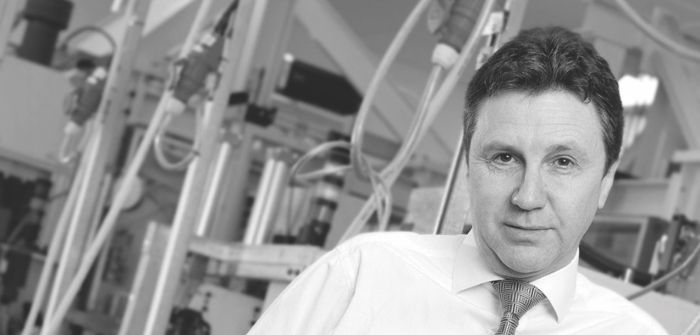ATTI’s legal expert discusses the intricacies of compliance testing for hydrogen fuel cells.
Soon after the Ford Model T came into the world – regarded as the first affordable motor vehicle ever to be made – so did the famous scientist John B Goodenough. He would go on to become a materials scientist and create the well-known lithium-ion battery. Goodenough celebrated his 100th birthday on July 25 this year. In the race to replace fossil-based fuel, it’s fair to say that lithium-ion technology is ahead. But the hydrogen fuel cell may yet challenge Prof. Goodenough’s creation, not least because ‘refueling’ a hydrogen fuel cell is much quicker than charging a battery.
Wherever there is a technology, lawyers will follow behind, trying to understand it, and create laws around it. Following the emergence of the ICE, it wasn’t long before legislators identified aspects of the combustion engine to regulate, likewise lithium-ion technology, for which there are of course regulations around everything from transportation to storage.
So, the hydrogen fuel cell was never going to get a free pass. Which attribute has caught the eye of the law makers first? Like fossil fuel, the hydrogen fuel cell creates tailpipe emissions, but this is just water, so don’t expect any regulations around that aspect. As is often the case, legislators have focused on testing. The most obvious parameters to test in a hydrogen fuel cell are voltage, current and resistance. These
are performance attributes that can be measured sufficiently using an everyday multimeter.
However, it’s not these aspects that are troubling regulators – or automotive manufacturers for that matter. If it’s not tailpipe emissions, or system efficiency, what else is there to test in a hydrogen fuel cell?
The answer is purity. Why? Because just like fossil fuel, impurities can damage the fuel cell or the engine. In fact, hydrogen fuel cell vehicles are very sensitive to fuel purity. As stated by the UK’s National Physical Laboratory (NPL), in the Toyota Mirai even 4 parts per billion of hydrogen sulfide can destroy the fuel cell.
This is, of course, a familiar trade-off in the world of powertrain: what’s good for the atmosphere can damage a vehicle. The hydrogen fuel cell has a double exposure as it is gas-based, so in addition to particulates, it is vulnerable to other gases. As such, hydrogen refueling stations have to comply with ISO 14687, which sets out a dozen gases that can affect the purity of hydrogen, with strict limits for each.
When regulators set a standard – in this case for purity – they inevitably set a regulatory test to establish compliance. This one proved to be a significant technical challenge, and in 2019 the NPL developed sampling techniques as well as a test to isolate and then measure impurities to guide the process. Funnily enough, the same year the Nobel Prize in Chemistry was awarded to its oldest ever winner, 97-year-old
John B Goodenough.


